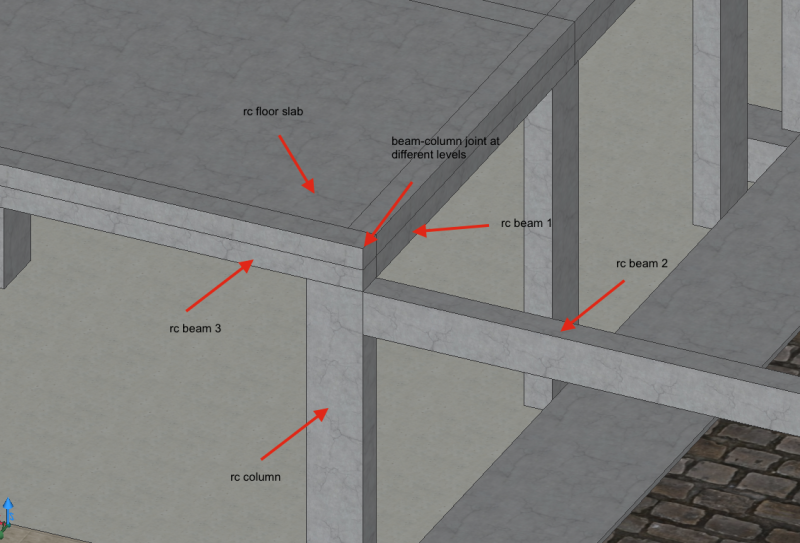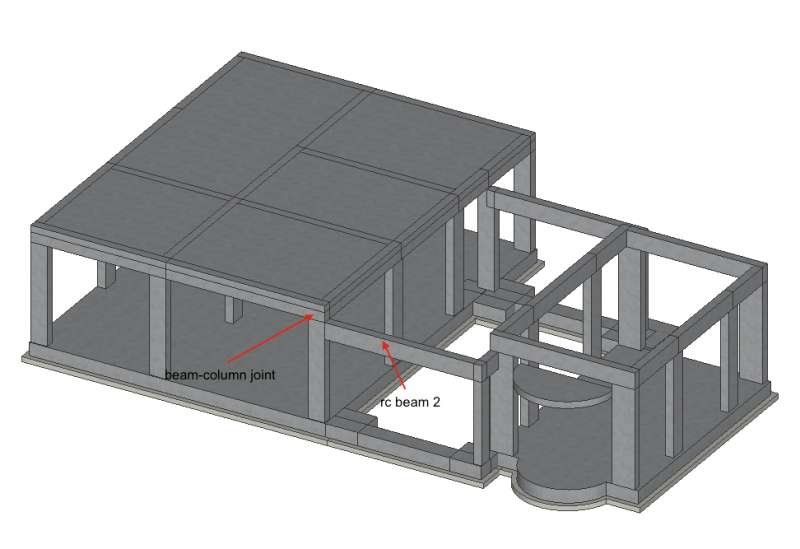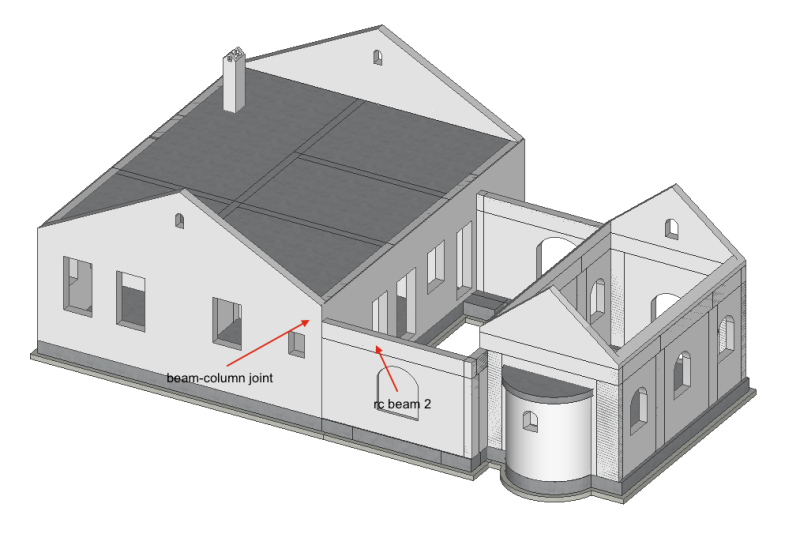As the title explains I have a RC beam-column joint where one of the beams is connected to the column at a lower level than the other two beams.(see picture below)
Is there going to be any issue with the column in the event of an earthquake? Do you guys have any advice for this type of joint?
Are there any restrictions for these joints in the design codes for earthquakes
The building is a 1-storey reinforced concrete frame
I am designing according to EC2 and EC8 therefore designing for earthquakes

Is there going to be any issue with the column in the event of an earthquake? Do you guys have any advice for this type of joint?
Are there any restrictions for these joints in the design codes for earthquakes
The building is a 1-storey reinforced concrete frame
I am designing according to EC2 and EC8 therefore designing for earthquakes



